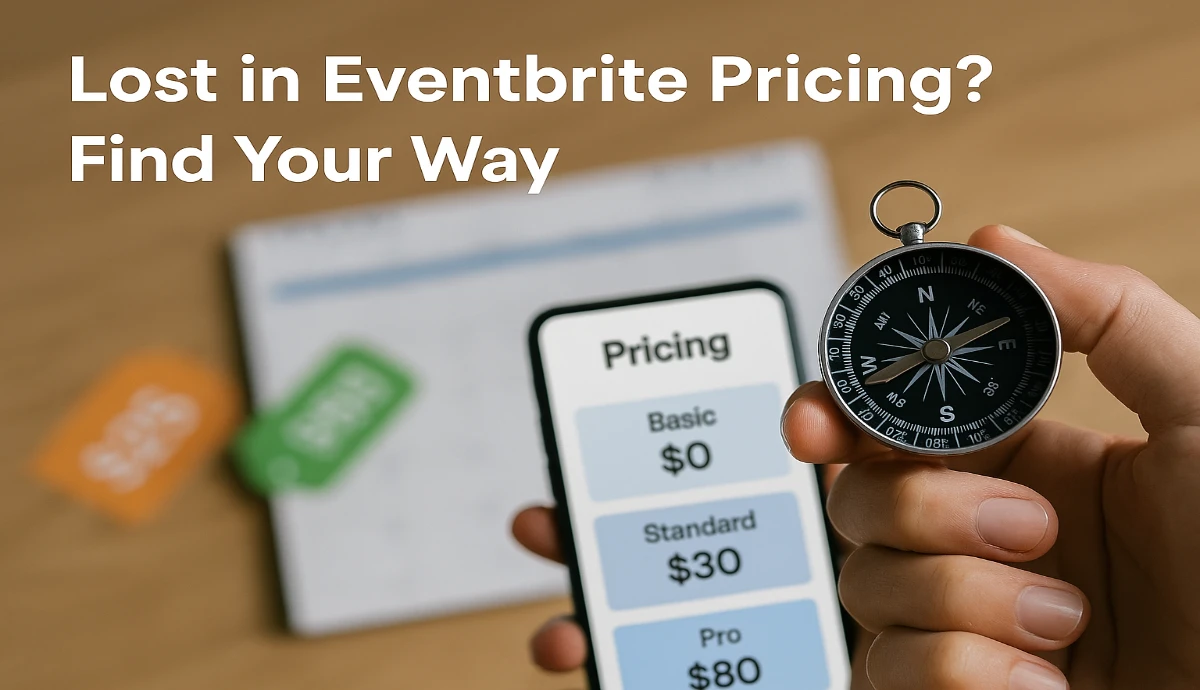When it comes to analyzing user behavior data from a trade show, it's important to have a clear understanding of what you want to achieve. Whether you're looking to improve your product, increase sales, or simply gain a better understanding of your target audience, analyzing user behavior data can provide valuable insights that can help you achieve your goals.
One of the first steps in analyzing user behavior data from a trade show is to collect as much data as possible. This can include everything from attendee demographics to booth traffic to sales figures. The more data you have, the better equipped you'll be to identify patterns and trends that can help you make informed decisions about your product or service.
Once you've collected your data, the next step is to analyze it. This can involve everything from creating charts and graphs to running statistical analyses to identify correlations and trends. By taking a data-driven approach to analyzing user behavior data from a trade show, you can gain a deeper understanding of your target audience and make more informed decisions about how to improve your product or service.
Understanding User Behavior Data
Analyzing user behavior data from a trade show can help you gain insights into attendee preferences, interests, and pain points. This information can be used to optimize your marketing strategy and improve your overall trade show experience. In this section, we'll discuss the key aspects of understanding user behavior data.
Identifying Key Metrics
To effectively analyze user behavior data, you need to identify key metrics that align with your business goals. For example, if your goal is to generate leads, you may want to track the number of attendees who visited your booth and provided their contact information. On the other hand, if your goal is to increase brand awareness, you may want to track the number of attendees who engaged with your brand on social media.
Segmentation of Attendees
Segmenting attendees based on their behavior can help you identify patterns and trends. For example, you can segment attendees based on the sessions they attended, the booths they visited, or the products they showed interest in. This information can help you tailor your marketing strategy to specific groups of attendees and improve your overall trade show ROI.
Technology Integration
Integrating technology into your trade show can help you collect and analyze user behavior data more effectively. For example, you can use RFID technology to track attendee movement and engagement. You can also use beacon technology to send personalized messages and promotions to attendees based on their location within the trade show.
In conclusion, understanding user behavior data is crucial for optimizing your trade show experience. By identifying key metrics, segmenting attendees, and integrating technology, you can gain valuable insights into attendee behavior and improve your overall trade show ROI.
Analyzing and Interpreting Data
Once you have collected user behavior data from a trade show, the next step is to analyze and interpret it to gain insights that can inform your future strategy. Here are three key factors to consider when analyzing and interpreting your data.
Qualitative vs Quantitative Analysis
When analyzing user behavior data, you can approach it from a qualitative or quantitative perspective. Qualitative analysis involves looking at the subjective experiences and feedback of attendees, such as their opinions, attitudes, and emotions. Quantitative analysis, on the other hand, involves looking at numerical data, such as the number of attendees, their demographics, and their behavior patterns. Both approaches can provide valuable insights, but it's important to choose the one that best aligns with your goals and objectives.
Pattern Recognition
One of the most powerful ways to analyze user behavior data is to look for patterns and trends. By identifying common behaviors, preferences, and interests among attendees, you can gain valuable insights into what motivates them and how you can better meet their needs. For example, you might notice that attendees who visit a certain booth are more likely to make a purchase, or that attendees who attend a certain session are more likely to return for future events.
Leveraging Data for Strategic Decisions
Ultimately, the goal of analyzing user behavior data is to use it to make strategic decisions that drive growth and success. By identifying key insights and trends, you can make informed decisions about how to improve your trade show offerings, attract more attendees, and increase engagement and satisfaction. Whether you're looking to optimize your marketing efforts, improve your event logistics, or enhance the attendee experience, user behavior data can provide the insights you need to succeed.
Related Posts:
- Send Custom Tickets Seamlessly with the Ticket Generator
- Streamlined Ticket Validation with the Ticket Generator
- Generating Event Insights Made Easy
- Create Memorable Events with Ticket Templates
If you're looking for a tool to help you collect and analyze user behavior data from your trade show, consider using Ticket Generator. With features such as free ticket templates, QR codes with ticket validation, ticket sharing options via social media platform, event insights, and 10 free tickets after signup, Ticket Generator can help you streamline your event management and gain valuable insights into attendee behavior.
Conclusion
In conclusion, analyzing user behavior data from a trade show can provide you with valuable insights into your target audience's preferences, interests, and needs. By leveraging the data collected from the trade show, you can optimize your marketing strategies, improve your product offerings, and ultimately drive revenue growth.
To effectively analyze user behavior data from a trade show, it is essential to have a clear understanding of your goals and objectives. This will help you identify the key metrics and KPIs that you need to track and analyze. You can use tools such as Google Analytics, Mixpanel, or Amplitude to collect and analyze user behavior data from the trade show.
Once you have collected the data, you can use various techniques to analyze it, such as funnel analysis, cohort analysis, and user segmentation. By doing so, you can identify patterns and trends in user behavior, which can help you make data-driven decisions to improve your marketing and product strategies.
It is important to note that analyzing user behavior data from a trade show is an ongoing process. You should continuously monitor and analyze the data to identify new trends and opportunities. By doing so, you can stay ahead of the competition and ensure that your marketing and product strategies are always aligned with your target audience's needs and preferences.






.gif)





